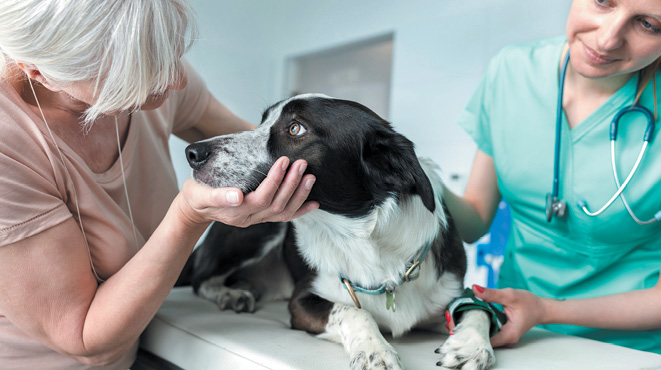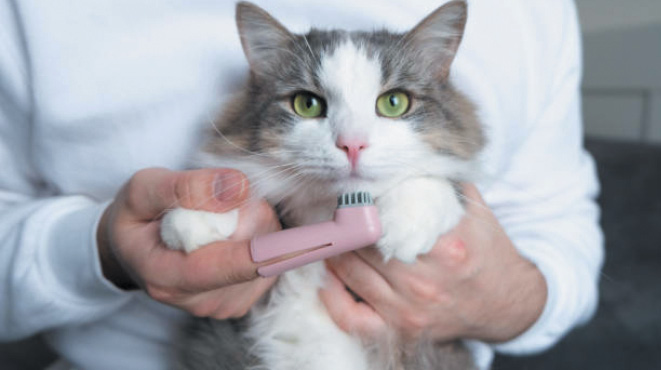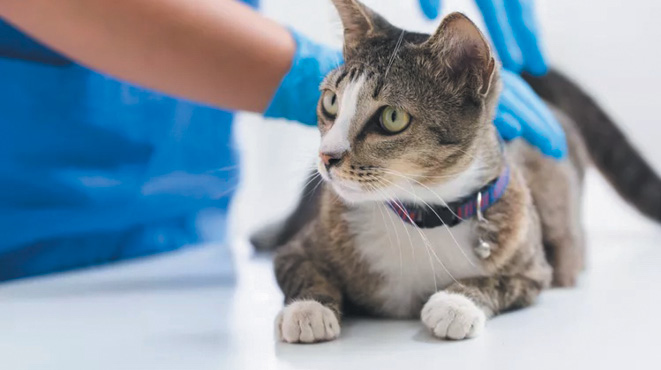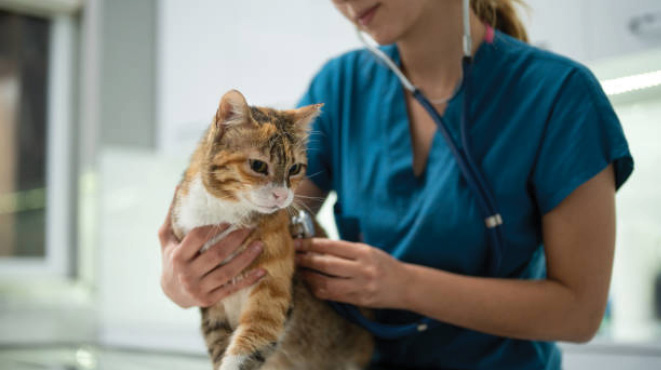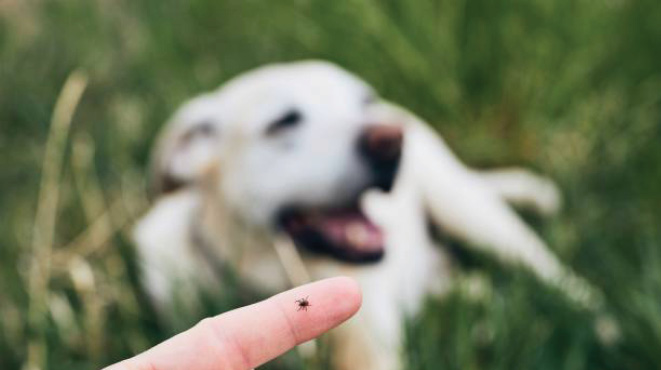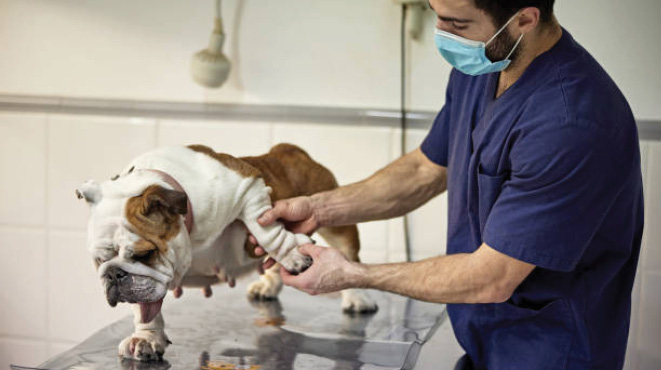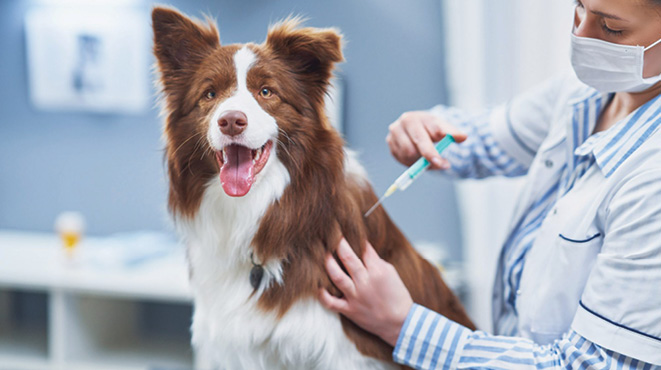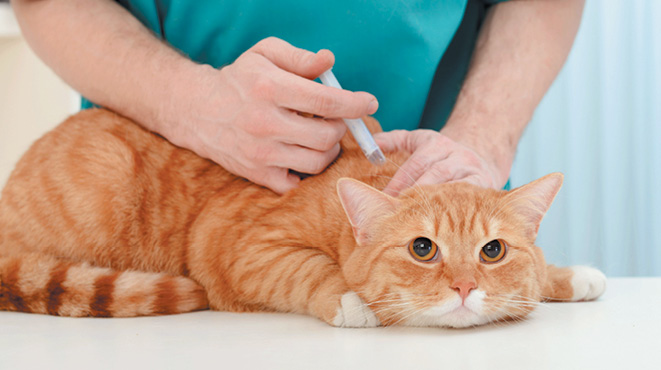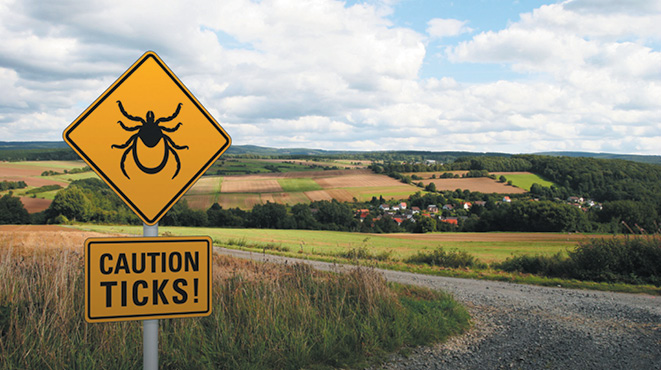 The hot, humid weather of the last few months has seen a marked increase in the number of dogs and cats affected by the yeast Malassezia. This yeast normally lives in the ears (and on the skin) of dogs and cats but may become overgrown, resulting in a painful and itchy ear infection (otitis).
The hot, humid weather of the last few months has seen a marked increase in the number of dogs and cats affected by the yeast Malassezia. This yeast normally lives in the ears (and on the skin) of dogs and cats but may become overgrown, resulting in a painful and itchy ear infection (otitis).
What are the signs?
The signs of an ear infection caused by Malassezia are similar to ear infections from other causes such as bacteria. Common signs include:
- Increased ear wax/discharge – the discharge is commonly a Vegemite colour and consistency but may vary depending on the presence of other infections
- Odour
- Head shaking or ear scratching
- Swollen or ulcerated ear flaps
- Increased pigmentation of the ears and canals
- Pain around the ears and head
- Loss of hearing
How is Malassezia otitis diagnosed?
Your vet may find discharge in the ear canal, and the skin of the ear canal may be red and swollen. A sample of the discharge can be examined under a microscope where Malassezia can be readily identified.
How is Malassezia otitis treated and prevented?
Your vet will prescribe a medicated ear preparation to treat the yeast infection. Many ear drops also contain cortisone, which is an anti-inflammatory that helps to reduce the pain and itching associated with an ear infection.
Your vet will talk to you about the ongoing prevention of ear infections. Regular cleaning of the ear canals to remove excess discharge can help reduce the likelihood of recurrence. There are several different products available to help clean your pet’s ears – have a chat with your vet about the best option for your pet.





